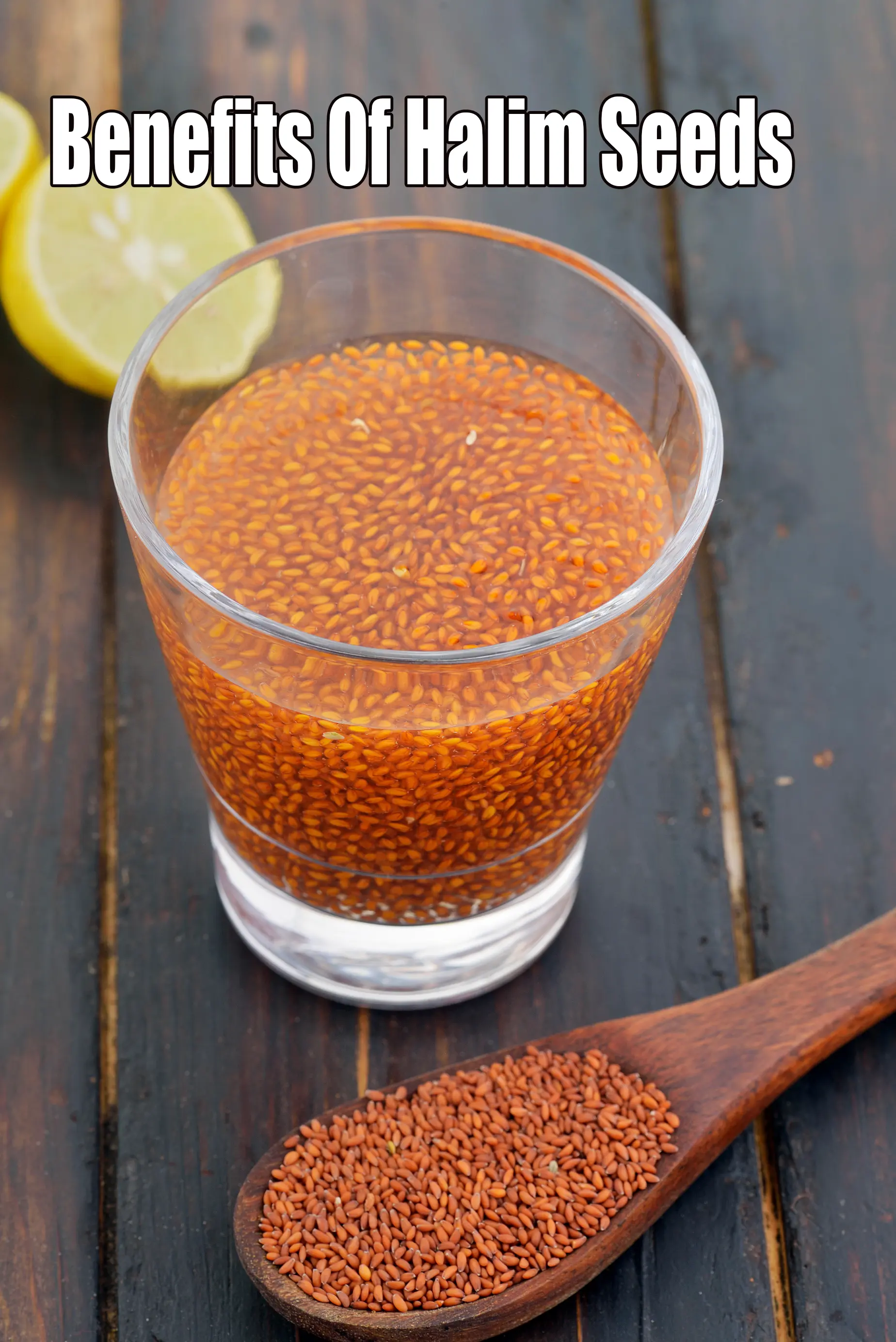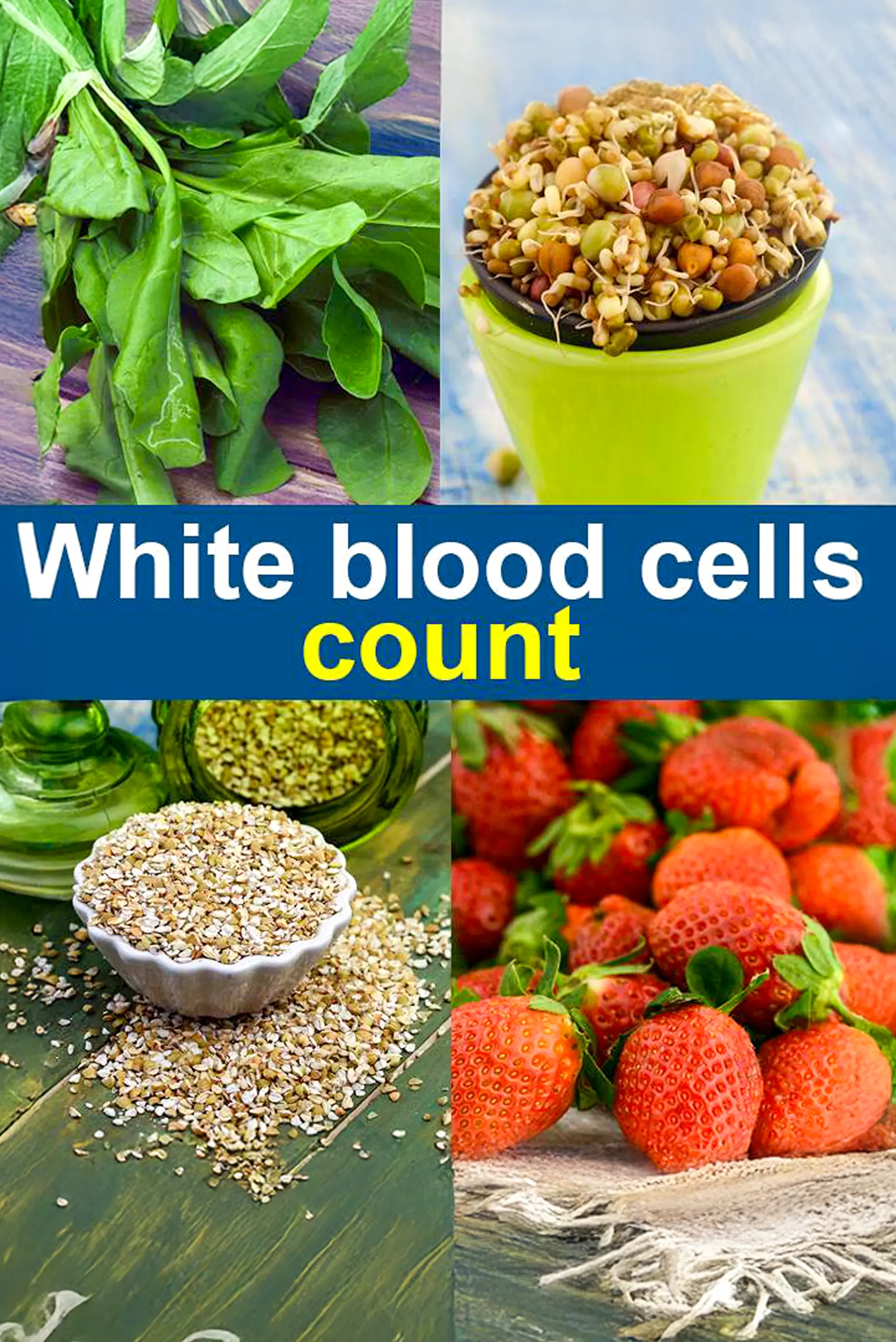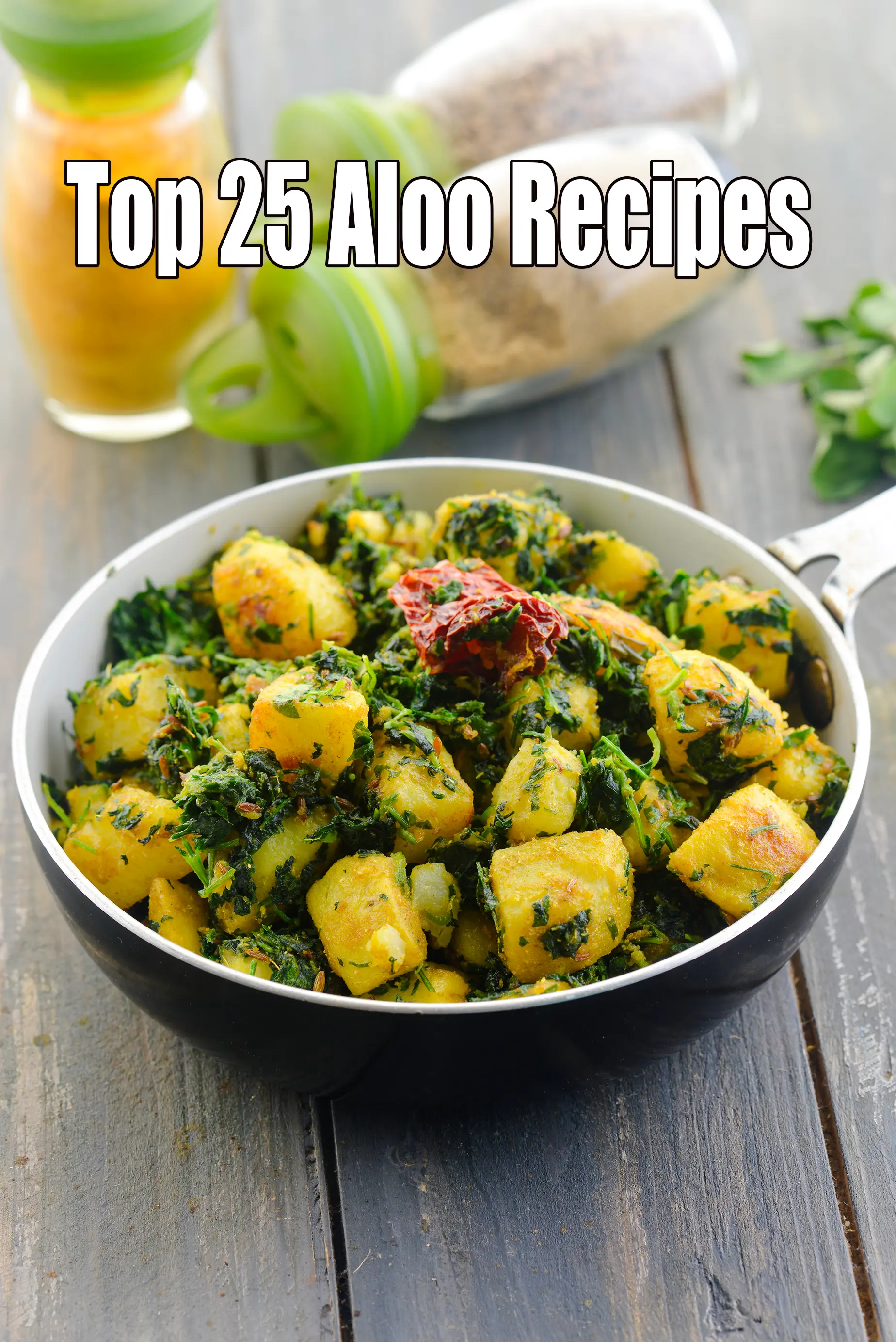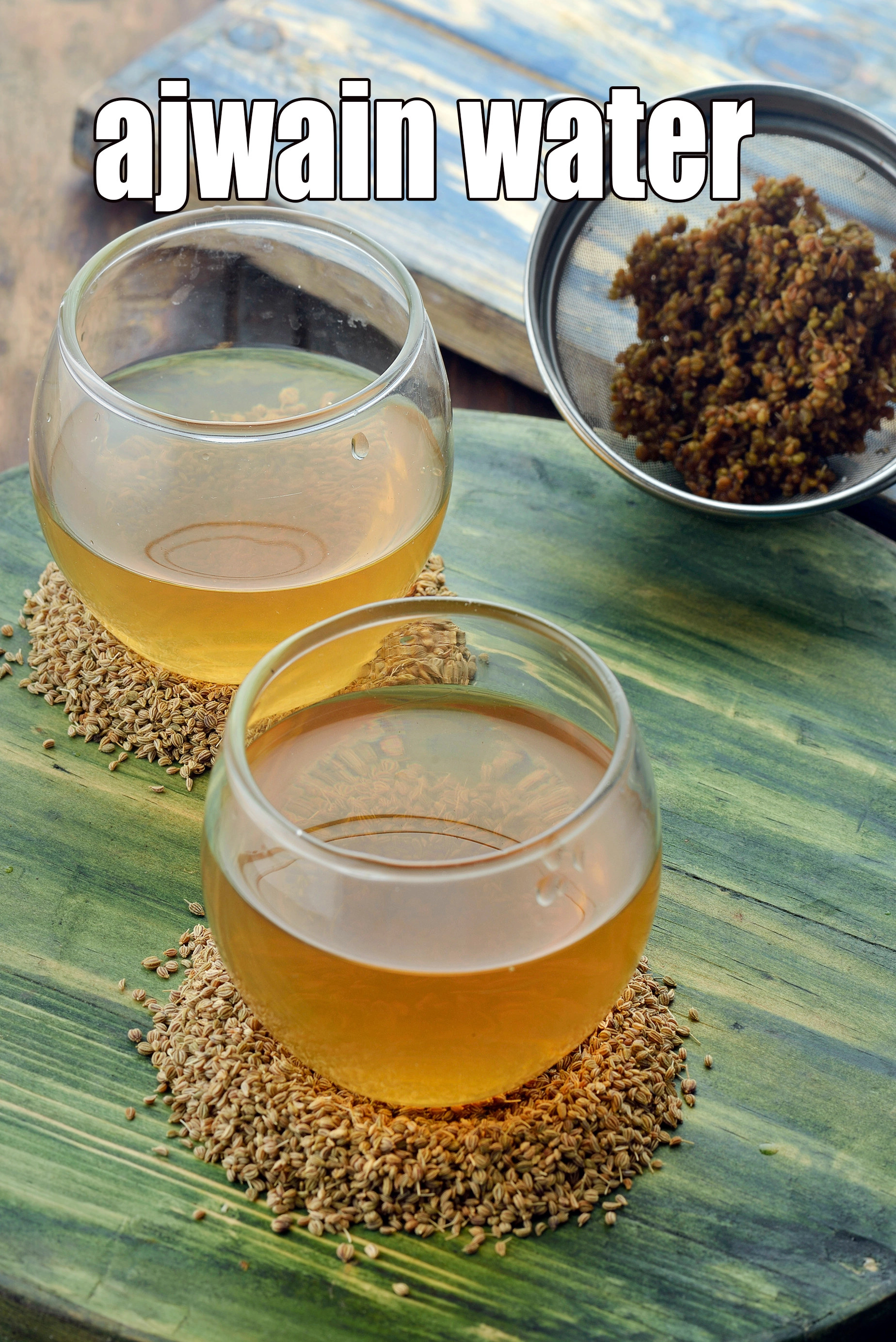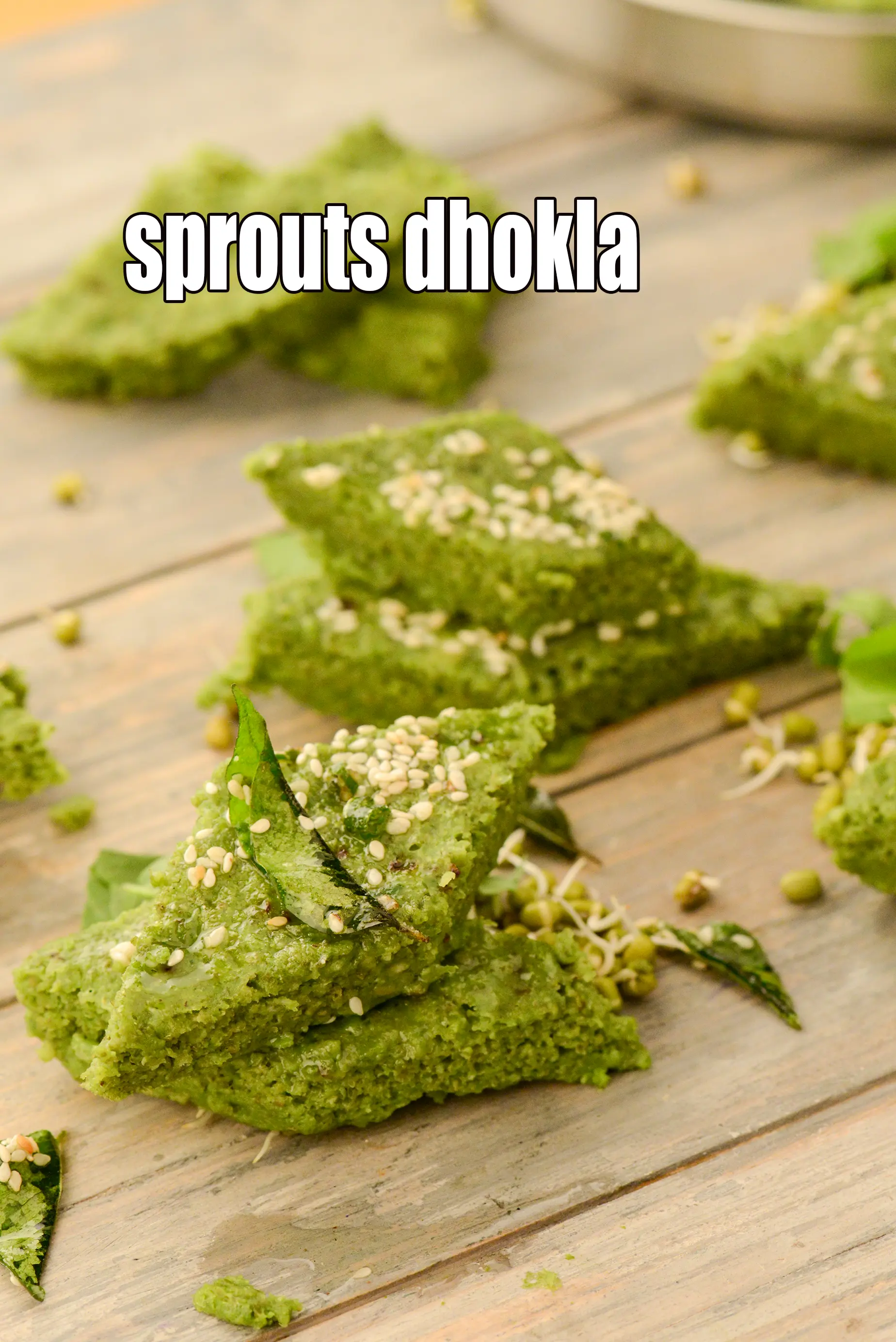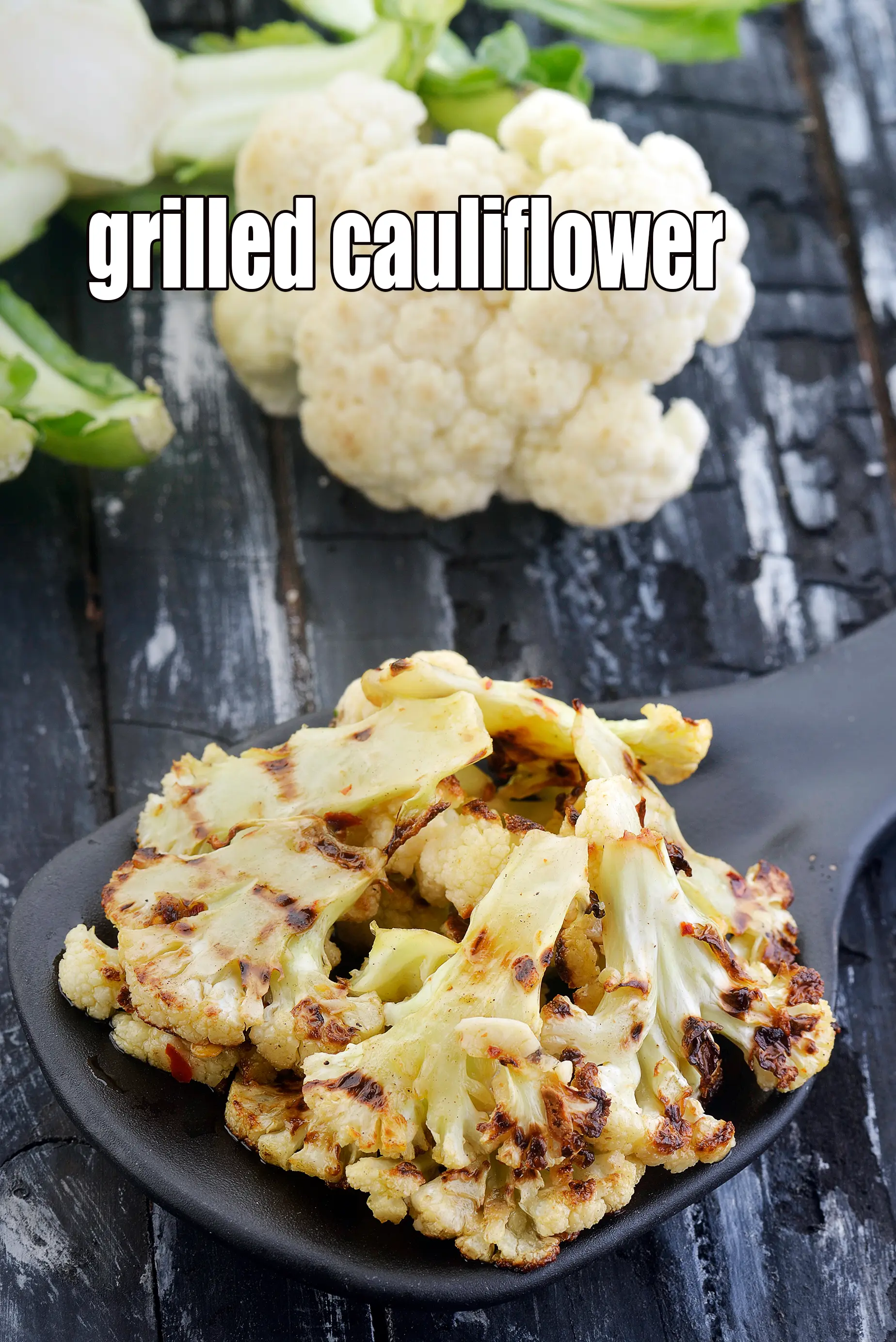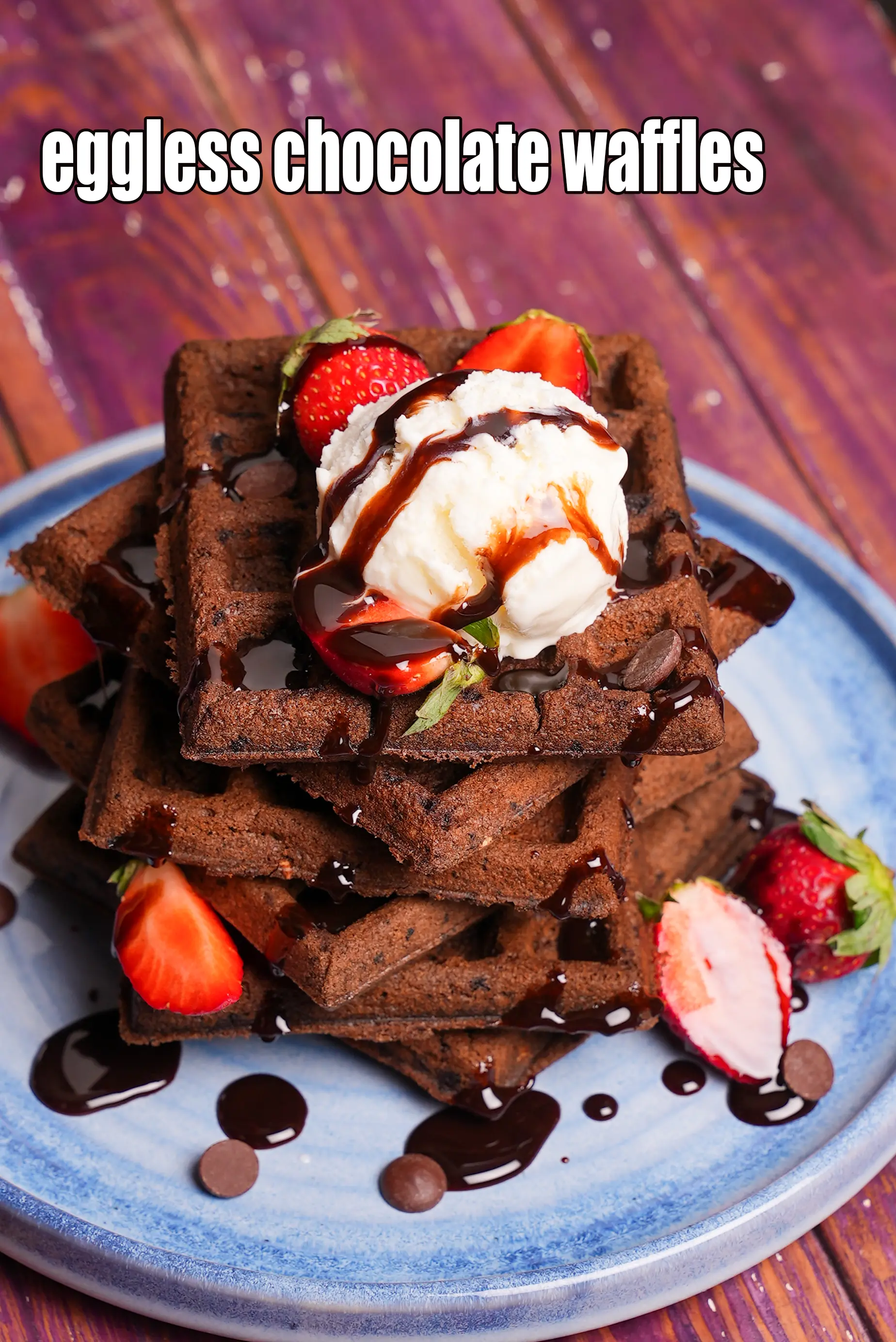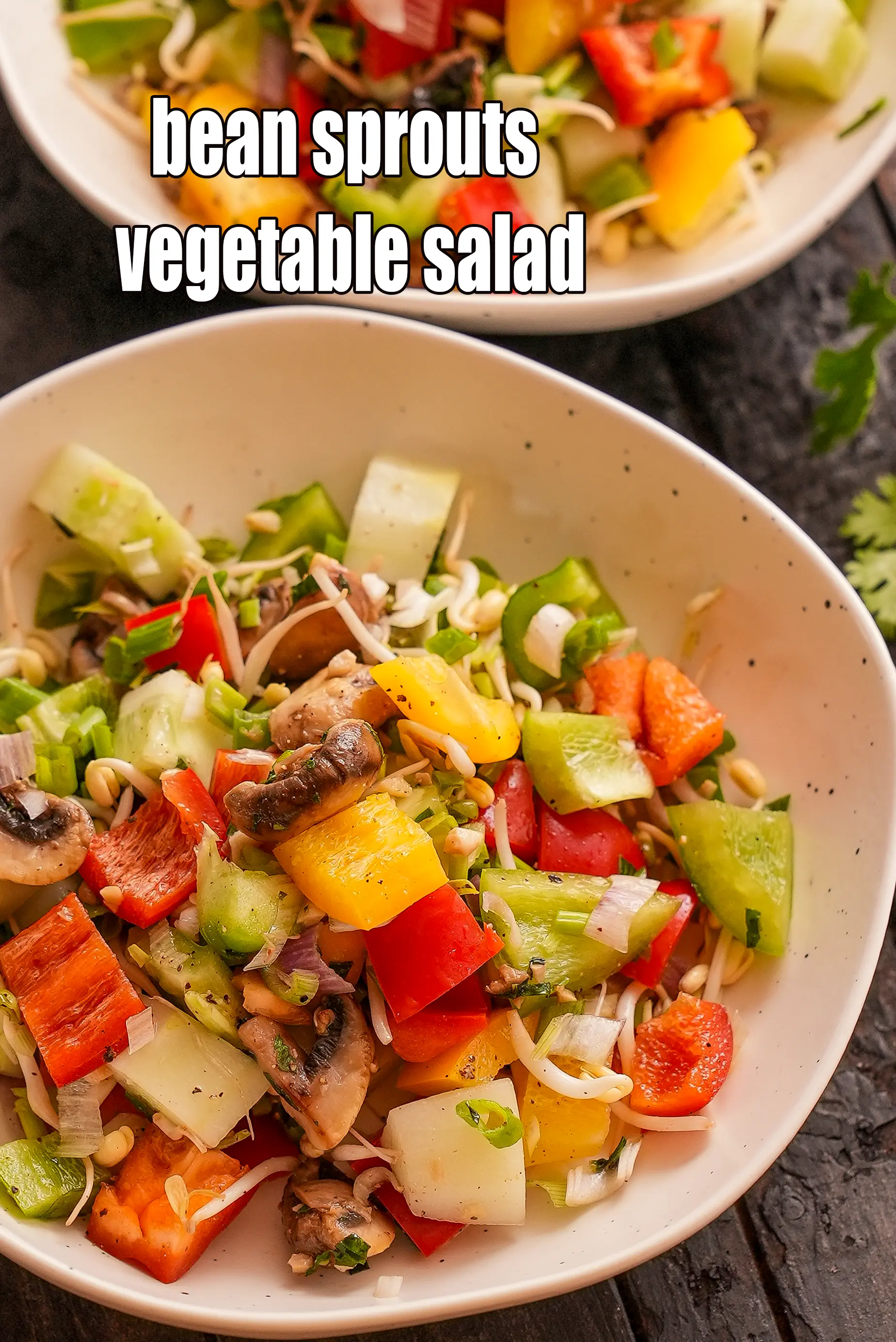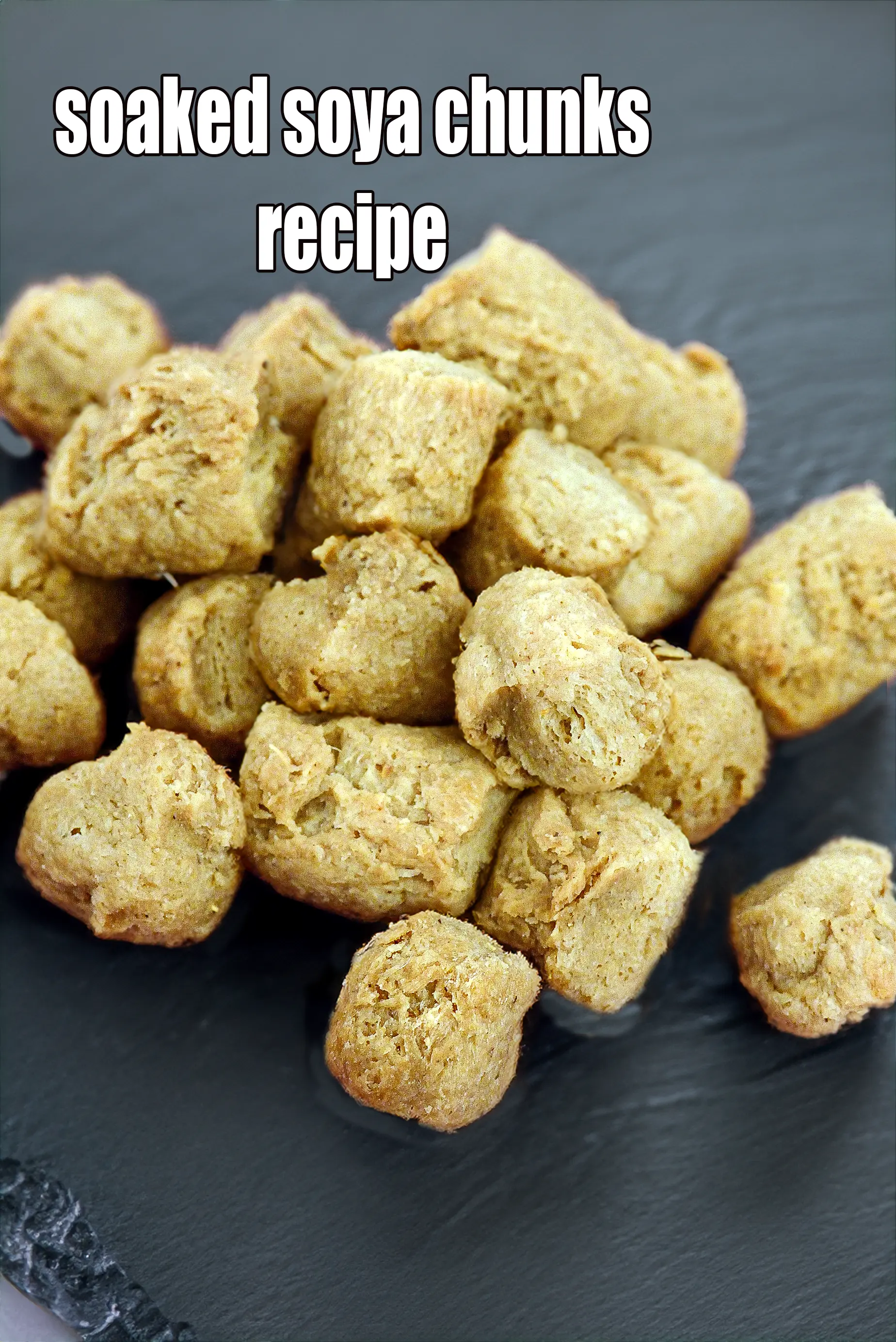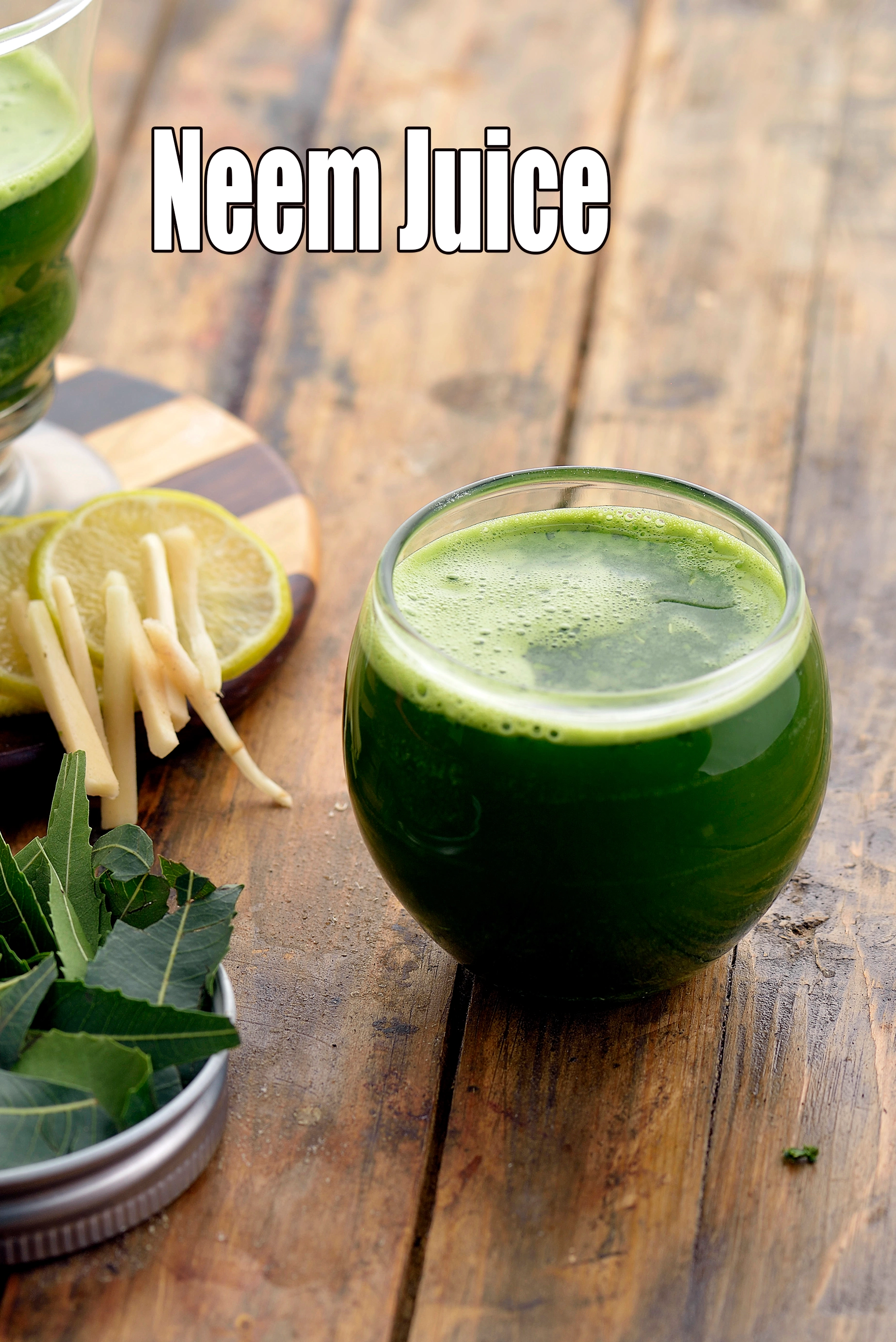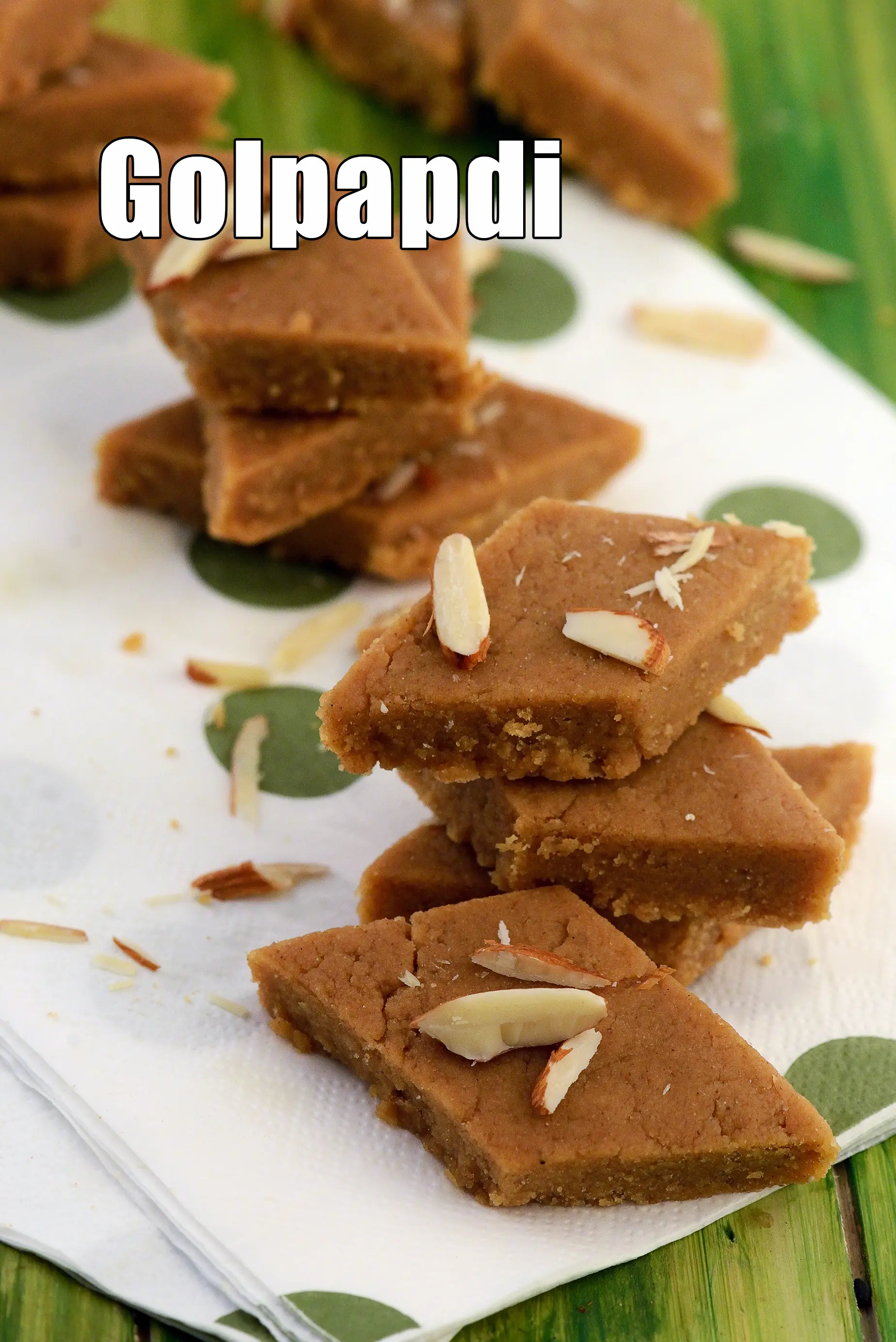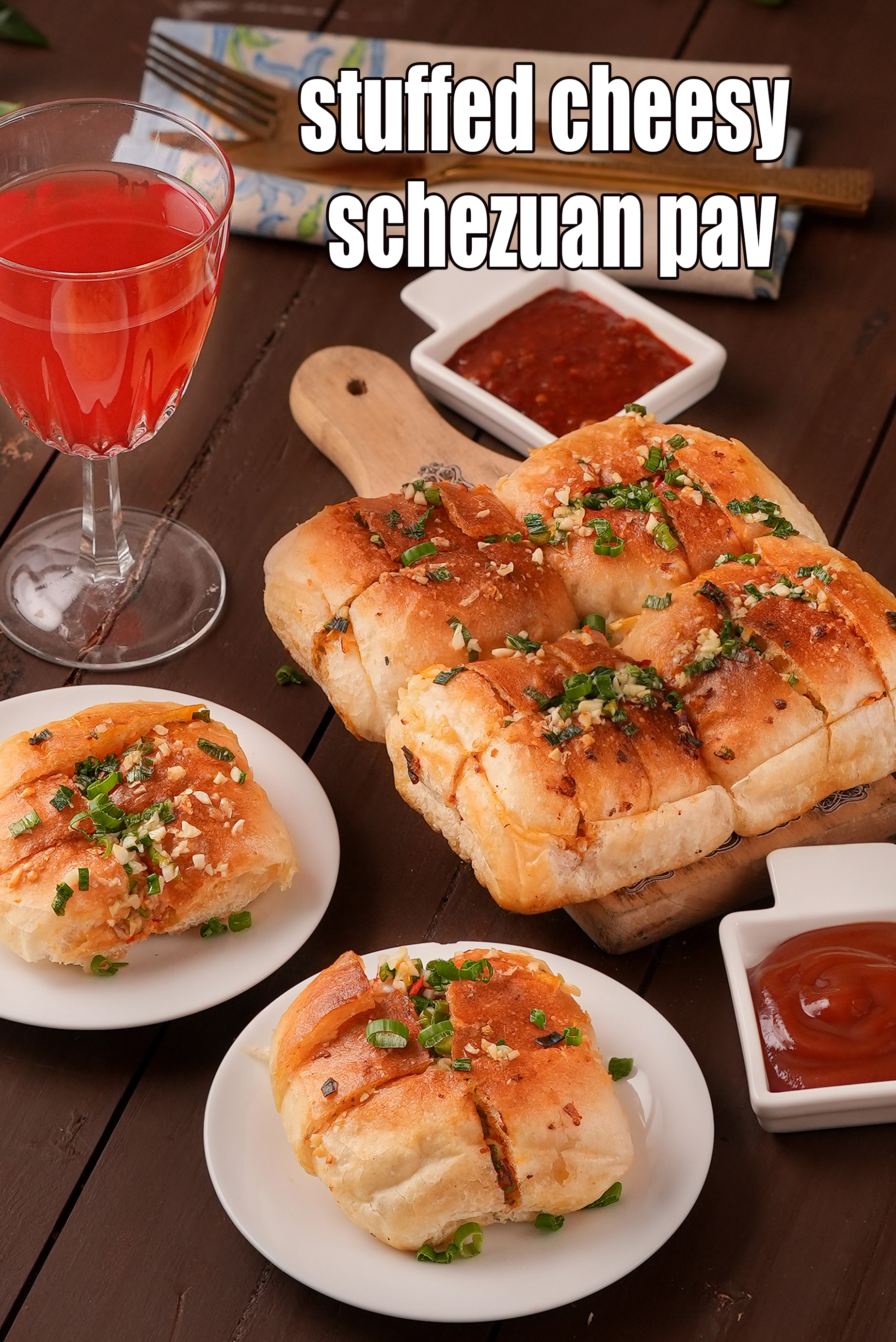Search & Articles
Search from thousands of articles from sabzi, roti, chawal, dal, paneer, Indian recipes to health articles.
What Is Glycemic Index And Glycemic Load?
This article page has been viewed 39572 times
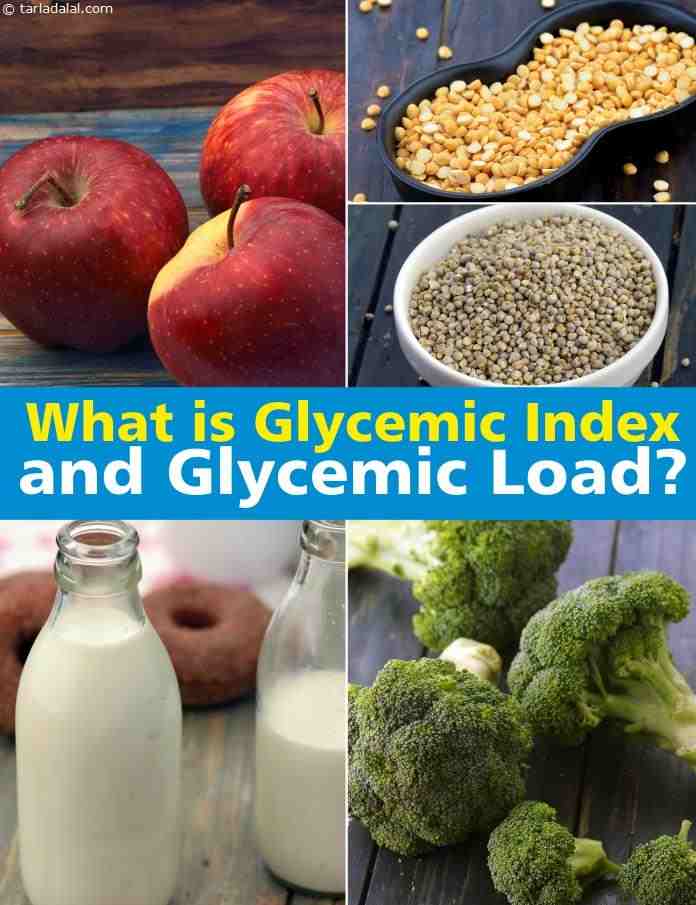
What is Glycemic Index and Glycemic Load?
Table of Content
What is Glycemic Index and Glycemic Load?
These days, Glycemic index has become the most debated topic in the health domain. Before going to the fundamentals of it, let us brush up a little on what are carbohydrates and their relation to glycemic index.
Carbohydrates are biomolecules, when digested they raise your blood sugar levels. All carbohydrate foods are not equal. The time period in which the blood sugar rises depends on the type of the carbohydrate. A simple carbohydrate will be digested quickly and will raise your blood sugar levels instantly. On the other hand, complex carbohydrates will take time to digest and therefore there will be a gradual rise in the blood sugar.
In a country like India where people love to feast on carbohydrates no matter which cuisine they eat, maintaining blood sugar levels, weight maintenance and avoiding overall health issues is a matter of concern. Here the Type of carbohydrates comes into picture.
What is Glycemic Index?
Glycemic index (GI) is the ranking of carbohydrates on a scale of 0 to 100 according to the extent to which they raise your blood sugar levels after consuming a carbohydrate rich meal. Depending on their Glycemic Index, foods are categorized into 3 different categories – Low GI, Medium GI and High GI.
The food that is rapidly digested, absorbed and metabolized and bring about rapid fluctuations in your blood glucose level are called the High Glycemic Index foods. On the other hand, the foods that are digested and absorbed slowly and do not bring an instant spike in your blood glucose and insulin levels are called the Low Glycemic Index foods. The ones in between the both, are the Medium Glycemic Index foods.
What is the GI Range?
Glycemic Index are categorized into 3 categories :
Ø Low: 55 or less
Ø Moderate: 56 – 69
Ø High: 70 or more
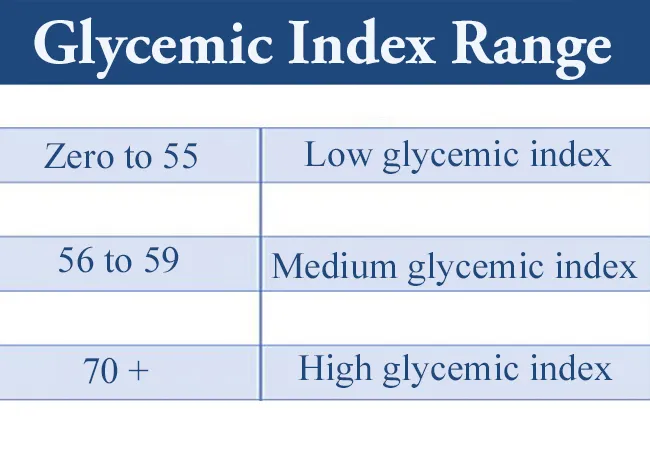
High Glycemic Index (GI) foods (70 or more)
When large quantities of such foods are consumed, the blood sugar levels fluctuate and therefore the insulin level spikes up. Over a period of time, there is an unhealthy state created in the body. The result is that instead of using carbohydrates, the body starts converting them into fats and triglycerides and stores it. LDL levels (bad cholesterol) also may increase with time. Therefore it is not very advisable to eat foods with a High GI regularly. White bread, Sugar, Corn flakes, White Rice, Popcorn, Rice Flakes – all of these come under the high GI category.
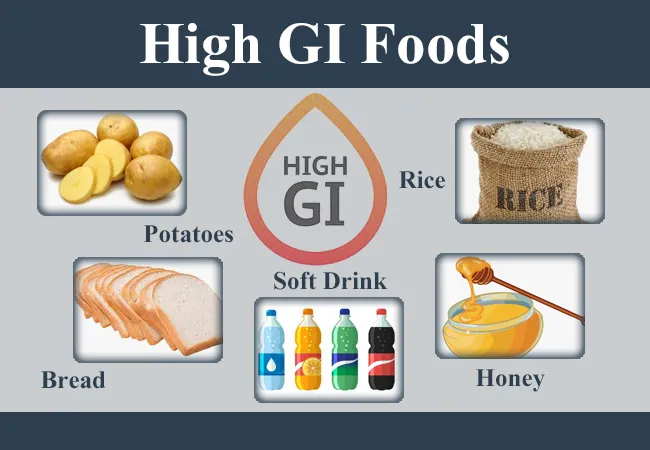
Moderate Glycemic Index (GI) foods (56 – 69)
These foods are neither too quick nor too slow in raising the blood sugar levels. They can be eaten occasionally. Foods like quick oats, mangoes, potato, brown rice, all fall under this category.
.webp)
Low Glycemic Index (GI) foods (55 or less)
Such foods are usually high in fiber and have complex carbohydrates, thus they take a longer time to digest and absorb, thereby do not bring an instant rise in the blood sugar levels. Orange, peach, carrots, peas, legumes and lentils are all low in GI.
.webp)
6 factors affect the Glycemic index (GI) of a food?
1. Fat and fiber content of a food tends to lower the GI of the food. More the fat or fiber in a food, lesser will be the GI.
2. The type of the sugar and starches in the food can affect its Glycemic Index.
3. Processing a particular food, increases the Glycemic Index of the food.
For example: A fruit will have a lower GI as compared to a fruit juice, because it is processed.
4. Ripeness and storage time also affects the GI – the riper a fruit or vegetable is, the higher the GI.
5. Cooking Method – the time period for which a food is cooked affects the GI. (al dente pasta has a lower GI than soft - cooked pasta)
6. Different varieties of different foods will have different glycemic index. ( GI changes with different varieties of rice)
What is Glycemic Load?
However, the GI value tells us only about the type of carbohydrates, which is not enough because the quantity of carbohydrates is also important while determining Glycemic Index. There comes the concept of Glycemic Load.
The Glycemic load (GL)is a better measure of the type of carbohydrates as compared to glycemic index. As it takes into account both the quality and quantity of carbohydrates. The glycemic load is the measure of increase in blood sugar levels after eating one serving of that particular food.
Similar to the glycemic index, the glycemic load of a food can be classified as low, medium, or high:
Low: 10 or less
Medium: 11-19
High: 20 or more
How to calculate Glycemic Load?
The formula for calculating the GL of a particular food or meal is:
Glycemic Load = GI x Carbohydrate (in grams) in per serving / 100
For example, a single apple has a GI of 38 and contains 13 grams of carbohydrates.
GL= 38 x 13/100 = 5
Which means the glycemic Load of apple is low.
How to incorporate low GI foods into your lifestyle?
It is always recommended to prefer low GI foods especially for diabetics. Low GI foods are also a perfect package for weight watchers. They also help to lower the risk of obesity, cardiovascular diseases like atherosclerosis and metabolic syndrome.
7 Tips for maintaining a Healthy Diet and incorporating the GI and GL index into your daily routine:
1. Always have a combination of carbohydrates, proteins and fats in your diet. As the protein and fats tend to lower the overall GI and GL of the recipe.
For example: Instead of having carb rich meal alone, drink milk with it or have a handful of nuts along with it which will reduce the overall GI of the recipe.
2. Have more of whole cereal and pulses instead of having refined and processed ones.

3. Incorporate a lot of veggies in your daily meal to balance the GI.
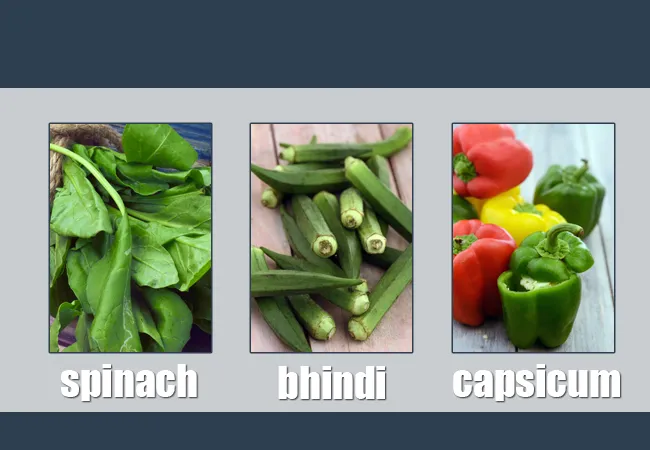
4. Snack Smart: When it comes to snacking, go for fresh fruits, nuts, yoghurt or sprouts instead of choosing refined flour products like cookies, breads, crackers and biscuits.
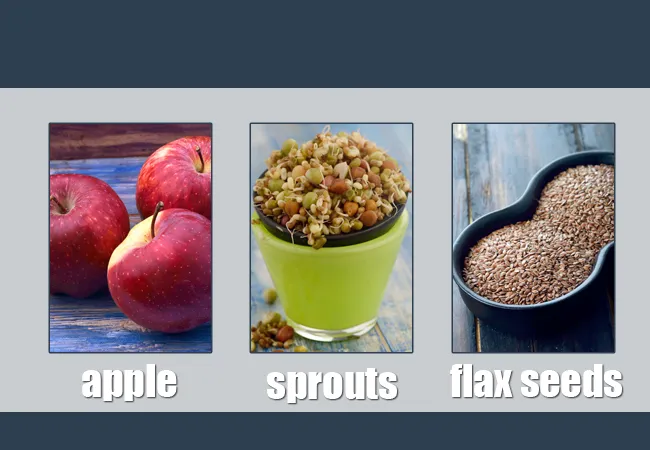
5. Portion control is very important. Make sure you do not have a large portion of a carbohydrate rich source at a time.

{ad8}
6. Dairy products like low fat yoghurt, milk or paneer are a healthy option as they are low in GI and help to reduce the overall GI of the meal.

7. Make water your first choice. Avoid sugary drinks and soft drinks as they are empty calories.



Related Articles
Follow US
Recipe Categories
- Vitamin B12 Cobalamin Rich Recipes 33 recipes
- Low Calorie, Weight Loss Indian Recipes 421 recipes
- Low Cholesterol Indian Recipes 307 recipes
- Healthy Indian Breakfast 372 recipes
- Indian Diabetic recipes 558 recipes
- Indian Pregnancy recipes 461 recipes
- Zero Oil Indian Recipes 133 recipes
- Iron Rich Indian recipes 267 recipes
- Healthy Indian Acidity recipes 132 recipes
- Healthy Sabzis 108 recipes
- Indian Healthy Veg Snack 275 recipes
- Healthy Heart Recipes 415 recipes
- Healthy Veg Indian Soups 74 recipes
- Calcium Rich Indian Recipes 373 recipes
- High Blood Pressure Indian Recipes 100 recipes
- Healthy Indian Salads Recipes 137 recipes
- Low Carb Indian Diet, recipes 160 recipes
- Hypothyroidism Diet 59 recipes
- Arthritis Diet 68 recipes
- Vitamin K Diet 41 recipes
- High Protein Indian recipes 93 recipes
- Fatty Liver Diet 30 recipes
- PCOS 131 recipes
- Gluten Free Veg Indian 193 recipes
- High Fiber 328 recipes
- Indian Cancer Patients 275 recipes
- Jaundice Diet 45 recipes
- Sprouts 61 recipes
- Typhoid 43 recipes
- Irritable Bowel Syndrome (IBS) 20 recipes
- Kidney Stone Diet 9 recipes
- Home Remedies 213 recipes
- Senior Citizen 195 recipes
- Diet for Dialysis 10 recipes
- Healthy Indian Drinks and Juices 213 recipes
- Gout Indian Recipes 17 recipes
- Potassium Rich 80 recipes
- Vegan 194 recipes
- Forever Young Diet, Anti Aging Indian Diet 255 recipes
- Indian recipes to treat Vomiting 7 recipes
- High in Omega 3 Fatty Acids 31 recipes
- Zinc Rich Foods 55 recipes
- Malaria Diet 17 recipes
- Vitamin B1 Rich Indian Foods, Recipes 101 recipes
- Vitamin A Rich, Beta Carotene, Retinol 87 recipes
- Antioxidant Rich Indian 445 recipes
- Low Veg Glycemic Index 86 recipes
- Lower Blood Pressure Salads 7 recipes
- Healthy Indian Dinner 85 recipes
- Magnesium Rich 94 recipes
- Vitamin C Rich Indian recipes 118 recipes
- Healthy Indian Lunch Recipes 29 recipes
- Lactation 25 recipes
- Hyperthyroidism Diet 46 recipes
- Vitamin E Rich 50 recipes
- Vitamin B3, Niacin Rich 41 recipes
- Post Surgery Diet 42 recipes
- Lower Blood Pressure Desserts Sweets 14 recipes
- Selenium 27 recipes
- Phosphorus Rich Indian Recipes, Foods 74 recipes
- Copper 15 recipes
- Foods Rich in Vitamin B2 Riboflavin 22 recipes
- Vitamin B6 Diet 36 recipes
- Vitamin B9 Rich Folate 50 recipes
- B Vitamins 231 recipes
- Manganese Diet 32 recipes
- Marathoners, Endurance Athletes, Triathlete 225 recipes
- Thalassemia 18 recipes
- Detox Water, Fruit Infused Water 42 recipes
- Lactose Free Dairy Free 22 recipes
- Omega 6 Fatty Acids 32 recipes
- Phytonutrients 51 recipes
- Chronic Kidney Disease Indian recipes 12 recipes
- Selenium1 0 recipes
- Quick Snacks / Quick Starters 385 recipes
- Quick Breakfast Indian 132 recipes
- Quick Sabzis 117 recipes
- Quick Rotis / Parathas 46 recipes
- Quick Indian Sweets 139 recipes
- Quick Stir-Fries 51 recipes
- Quick Vegetarian Indian Soups 72 recipes
- Quick Chutneys 67 recipes
- Quick Vegetarian Rice, khichdi Recipes 56 recipes
- Indian snacks under 10 minutes 44 recipes
- Quick Indian Dips, Gravies & Sauces 103 recipes
- Quick Veg Indian Pizza 17 recipes
- Quick Veg Pasta 25 recipes
- Quick Pickles / Aachar 25 recipes
- Quick Dals / quick Kadhis 29 recipes
- Snacks under 5 minutes 33 recipes
- Quick Healthy Recipes 43 recipes
- Quick Pressure Cooker 46 recipes
- Quick Desserts 48 recipes
- Quick 3 Ingredients 63 recipes
- Quick Indian Desserts 18 recipes
- Quick 4 Ingredients 41 recipes
- Quick 5 Ingredients 41 recipes
- Kids Tiffin Box 318 recipes
- Recipes for Toddlers (1-3 Years) 31 recipes
- Sweet Recipes for Kids 453 recipes
- Recipes for Baby (10 to 12 Months) 14 recipes
- Quick Indian recipes for Kids 72 recipes
- Indian Breakfast Recipes for Kids 192 recipes
- Recipes for Weaning (8 to 9 months) 20 recipes
- Healthy Foods for Kids 195 recipes
- Snack Recipes for Kids 619 recipes
- Recipes Kids can make 36 recipes
- Kids After School 794 recipes
- Kids Jar Snacks 66 recipes
- Finger Foods for Babies, Toddlers and Kids 76 recipes
- Kids Weight Gain 43 recipes
- Kids Wraps and Rolls 23 recipes
- Kids Veg Pasta 27 recipes
- Kids Brain Boosting 68 recipes
- Protein rich food for kids 69 recipes
- Recipes for Weaning 13 recipes
- Kids Pizzas 30 recipes
- Babies, Toddler and Kids Iron Rich Foods 31 recipes
- High Fiber Foods for Kids 39 recipes
- Kids Noodles 37 recipes
- Kids High Energy Indian Foods 103 recipes
- Kids Calcium Rich Indian recipes 91 recipes
- Kids Recipes for Increasing Immunity 10 recipes
- Babies recipes, 6 to 18 months 31 recipes
- Kids Weight Loss 58 recipes
- Teething Recipes for Babies 10 recipes
- Cereals and Pulses for 8 to 9 months Baby 5 recipes
- Weaning foods at 7 months 8 recipes
- Indian Teen 315 recipes
- Starters / Snacks 2137 recipes
- Indian Breakfast Recipes 819 recipes
- Main Course Recipes 925 recipes
- Indian Salads 385 recipes
- Indian Desserts , Sweets 985 recipes
- Indian Soups 249 recipes
- Indian Beverages, Indian Drinks 483 recipes
- Indian Dinner 903 recipes
- Indian Dinner1 0 recipes
- Indian Lunch 830 recipes
- Side Dishes 449 recipes
- Indian Travel Food 433 recipes
- Indian Barbeque1 recipes 22 recipes
- Frozen Foods, Indian Freezer Recipes 67 recipes
- Whole Wheat Recipes 56 recipes
- Indian Comfort Foods 212 recipes
- Dinner Menus 56 recipes
- Easy Indian Veg 70 recipes
- Innovative Indian Recipes 27 recipes
- No Cook Indian 37 recipes
- Advanced Recipes 10 recipes
- Cakes with Eggs 13 recipes
- Microwave 230 recipes
- Oven 619 recipes
- Indian Steamer Recipes 102 recipes
- Kadai Veg 406 recipes
- Indian Barbeque Recipes 43 recipes
- Sizzler tray 15 recipes
- Mixer 566 recipes
- Pressure Cooker 315 recipes
- Tava 646 recipes
- Non-stick Pan 1394 recipes
- Appe Mould 17 recipes
- Pan 223 recipes
- Indian Freezer recipes, meals 56 recipes
- Deep Pan 148 recipes
- Non Stick Kadai Veg 203 recipes
- Refrigerator 176 recipes
- Waffle Indian recipes 6 recipes
- Handi 12 recipes
- Juicer and Hopper 64 recipes
- Grill 30 recipes
- Toaster 21 recipes
- Gas Toaster 7 recipes
- Steam 72 recipes
- No Cooking Veg Indian 335 recipes
- Vegetarian baked Indian recipes 380 recipes
- Boiled Indian recipes 129 recipes
- Deep Fry 259 recipes
- Indian Tawa 266 recipes
- Shallow Fry Indian 25 recipes
- Microwave1 173 recipes
- Saute 274 recipes
- Indian Pressure Cooker 171 recipes
- Stir-fry 100 recipes
- Roasting 0 recipes
